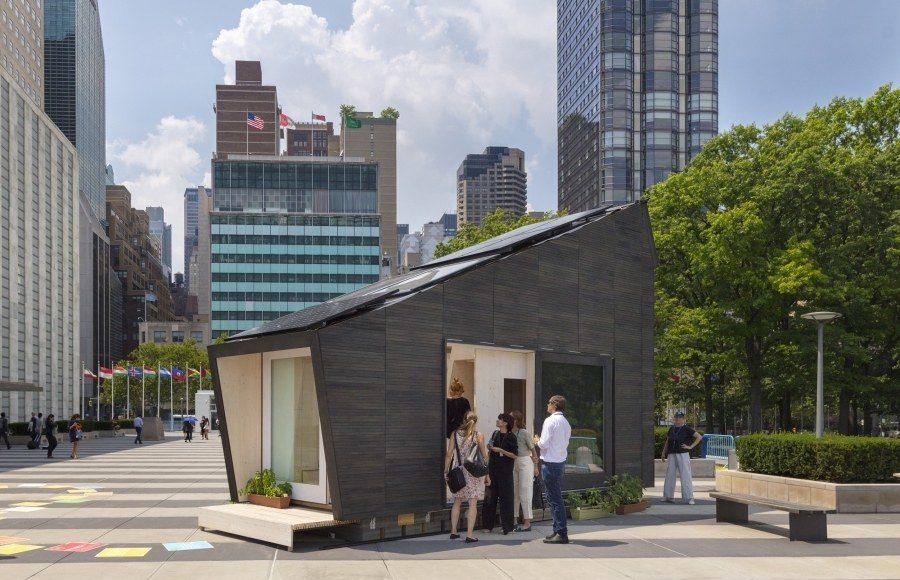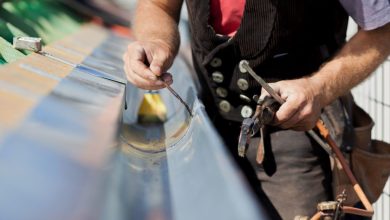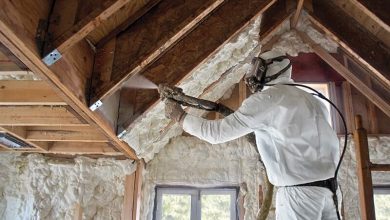How Architecture Might Change After Coronavirus

The coronavirus pandemic has drastically changed the world as we know it. As we’ve seen pretty much every country around the world go into some form of lockdown over the course of the last few months, and with no vaccine currently available, we are likely to have to change the way we live from now on for the foreseeable future. One area in which there is extensive debate about future changes in society is within the world of architecture and urban planning, especially when you consider how the most densely populated areas and packed urban environments, such as the biggest cities in the world, have experienced a fast spread of the virus.
As social contact became a no-no everywhere, you can see how difficult it has been to control the spread of the virus in the mega-cities that we have built throughout the world. Not only that, but when lockdown has been complete, the urban streets have become deserted, free from cars and localised pollution and without the steady stream of planes in the sky. We have seen easily demonstrated how the future could provide us with cleaner air to breathe in cities and how the future could possibly look if we allow it to be changed dramatically.
There is a real desire in many quarters to reduce the population density in some of the biggest cities in the world, as when a pandemic like this occurs it is so difficult to enforce a lockdown that slows the spread and reduces the numbers affected. In most countries, there is also a focus on motorised transport, but there are other ways in which we can function. It is down to government and urban planners to look at the current state of the world and the response to the pandemic and create future cities that have a better ability to cope in these scenarios than we are currently experiencing.

The worry from some quarters is, that once lockdowns are eased people will quickly forget the worry that was so prevalent at the beginning of the pandemic and get back to normal. Which means that now is the time to make the necessary changes in urban planning and architecture that can make it easier to cope in future and also reduce the environmental impact that cities currently have.
The way in which cities are structured causes problems to the environment, and now is the time to look at cities and urban centres that can sufficiently cope without motorised transportation, or at the very least the focus is on environmentally-friendly public transport options, combined with cycle paths and the majority of places being walkable. Future architecture and planning could devolve certain aspects of city life to make it much easier for residents to get everything they need, including healthcare and education, in smaller areas without the need for cars. You can see at the moment how local independent retailers, grocers, bakers, restaurants and the like are finding ways to flourish and stay relevant, as some of the bigger brands were forced to temporarily close. This could allow for a shift in how cities and buildings are designed in future to allow for better use of space and time.




